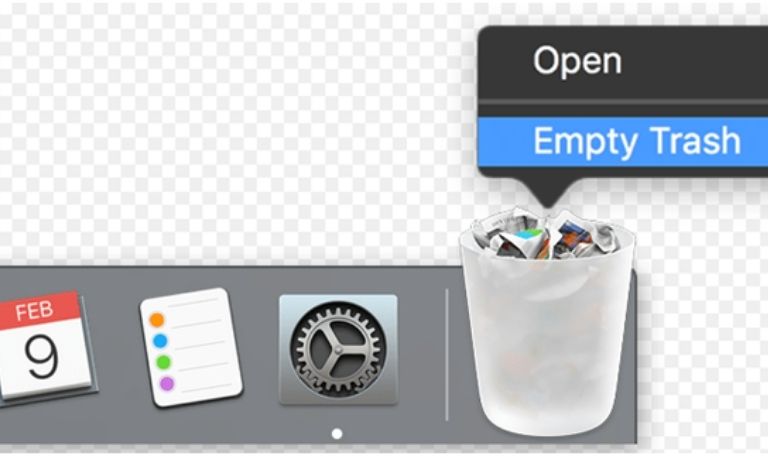
- HIGH SIERRA FORCE EMPTY TRASH HOW TO
- HIGH SIERRA FORCE EMPTY TRASH FOR MAC
- HIGH SIERRA FORCE EMPTY TRASH MAC
You need to be an admin and then enter your password.
HIGH SIERRA FORCE EMPTY TRASH HOW TO
(see also: How To Use Spotlight On Your Mac)ģ-If you do not see Google Chrome in the Force Quit menu (see tip#1), follow the steps below: if you do not see Google Chrome in the Force Quit window, then see the step below.Ģ-Restart your Mac.

This article explains how you can troubleshoot when Google Chrome won’t open after successfully installing on your Mac. So you are unhappy because the Google Chrome web browser won’t open or launch. Sudo rm -rf ~/.Facebook Tweet Pin Share Like LinkedIn Print If you get an error message, you will need to use the sudo command, which will prompt you for your administrator password:
HIGH SIERRA FORCE EMPTY TRASH MAC
If you aren’t afraid of controlling your Mac using Terminal commands, it is possible to empty the trash using the following command:Įmptying the trash with Terminal seems faster than using macOS’s graphical user interface. Then you can empty the trash and restart your computer normally. You can temporarily prevent such processes from opening it automatically by rebooting your Mac in safe mode by holding down the Shift key during startup. If that doesn't solve the issue, you might have a startup or login item using the file. In this case it is recommended to restart your Mac and then empty the trash. If that doesn’t work, there might be one or more background processes using the file. To address that, start by quitting all the apps that are using the file you want to erase, and only then hit “Empty Trash”. This happens because a file could still be in use or locked. We have all encountered the situation where emptying the trash simply doesn’t work or gets stuck.
HIGH SIERRA FORCE EMPTY TRASH FOR MAC
Remember, this will only appear for Mac users running macOS 10.10 or earlier, since Apple removed this feature starting with macOS 10.11 El Capitan. To check if this option is active, go to Finder > Preferences > Advanced and untick “Empty Trash Securely”. It’s worth noting that this is something most users won’t need unless it is highly sensitive information. While it is secure and specially designed for hard disk technology, it is a much slower process compared to a regular file removal. This is a built-in macOS feature that overwrites the data that was stored so the files cannot be recovered once deleted. The first thing you might want to check if the trash is slow to empty is whether the “Secure Empty Trash” feature is active. While this process should be seamless, there are situations where clearing the trash becomes very slow or even becomes stuck, and in some cases macOS will display an error message to explain the reason. Just like with a regular trash can, you need to ‘empty’ it for the contents to get removed, so right-click on the Trash icon and select “Empty Trash”.

Dragging files onto the Trash icon in the Dock doesn’t remove deleted files from the system.


 0 kommentar(er)
0 kommentar(er)
